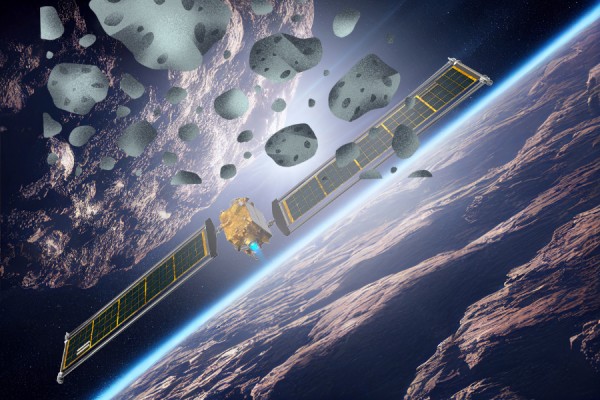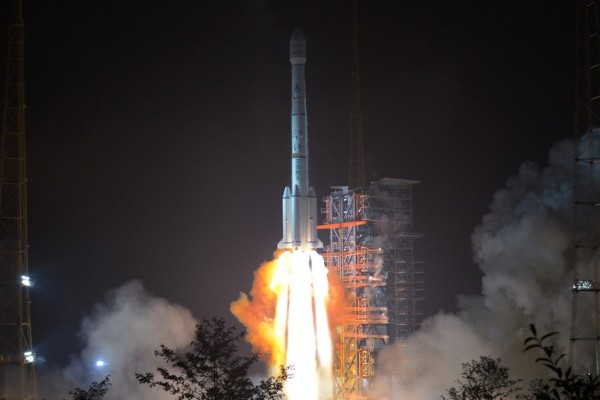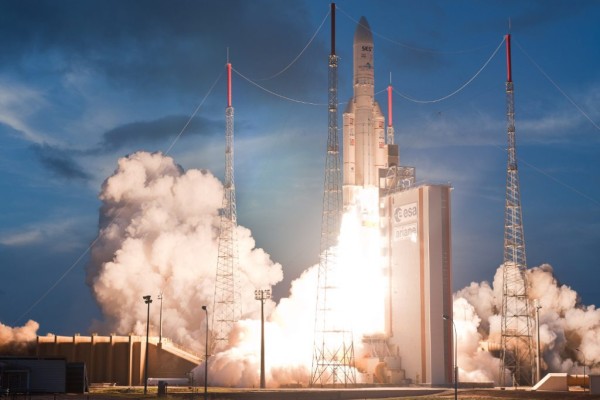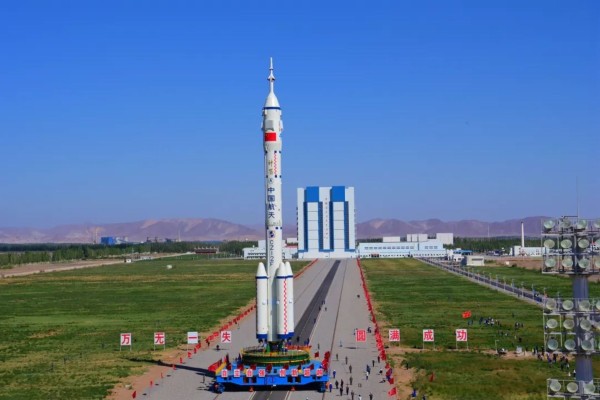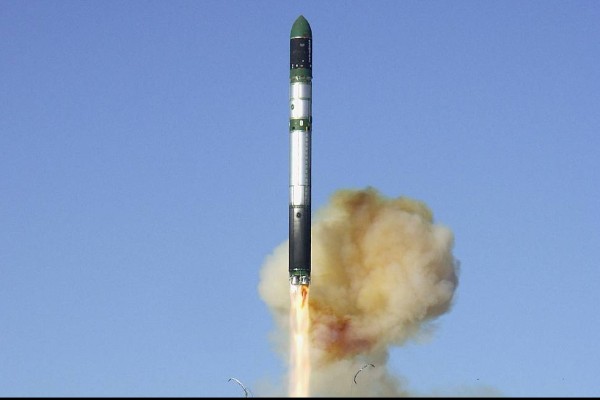- Space
- 1 year before
H-IIA: Japan's Trustworthy Power and Success in Space
Discover the journey of the H-IIA rocket: Japan's influence in space exploration, its technical achievements and its role in international missions.
-

- 1 year before
- Category: Space
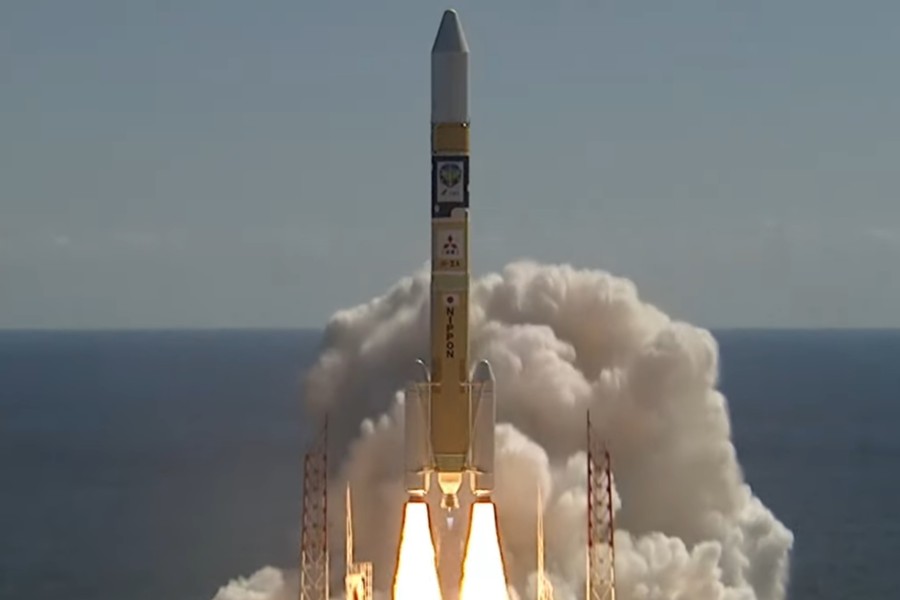
H-IIA: Japan's Reliable and Versatile Launch Vehicle
Design and Specifications
The H-IIA is a two-stage medium-lift launch vehicle developed and operated by Mitsubishi Heavy Industries for the Japan Aerospace Exploration Agency (JAXA). The first stage is powered by a single LE-7A engine burning liquid hydrogen (LH2) and liquid oxygen (LOX). The second stage utilizes a LE-5B engine, also fueled by LH2/LOX. The H-IIA comes in various configurations, with the option to equip solid rocket boosters (SRB-A) and liquid rocket boosters (LRB). Measuring 53 meters in length and 4 meters in diameter, the H-IIA can lift payloads ranging from 10,000 to 15,000 kilograms to low Earth orbit (LEO) and 4,100 to 6,000 kilograms to geostationary transfer orbit (GTO).
Achievements and Important Missions
The H-IIA has played a pivotal role in Japan's space exploration endeavors. Notable missions include the SELENE (Kaguya) lunar mission, the Akatsuki Venus probe, and the Emirates Mars Mission (Hope). These successful launches have showcased Japan's capabilities in space exploration and its ability to deploy both domestic and international satellites into orbit.
Impact on Space Industry
The success of the H-IIA has bolstered Japan's autonomy and competitiveness in the space industry. The development of the rocket signifies Japan's growing prominence in the global space community and its prowess in space exploration. The H-IIA serves as a cornerstone for future Japanese spacecraft and missions. Its high reliability and flexibility make it an indispensable tool in Japan's space exploration arsenal.
The H-IIA has played a crucial role in both scientific and commercial missions, demonstrating Japan's expertise in space exploration. It has elevated Japan's standing in the international space community and will continue to contribute to Japan's space exploration and research ambitions in the years to come.

